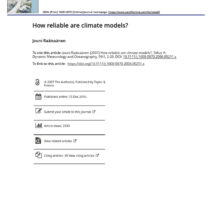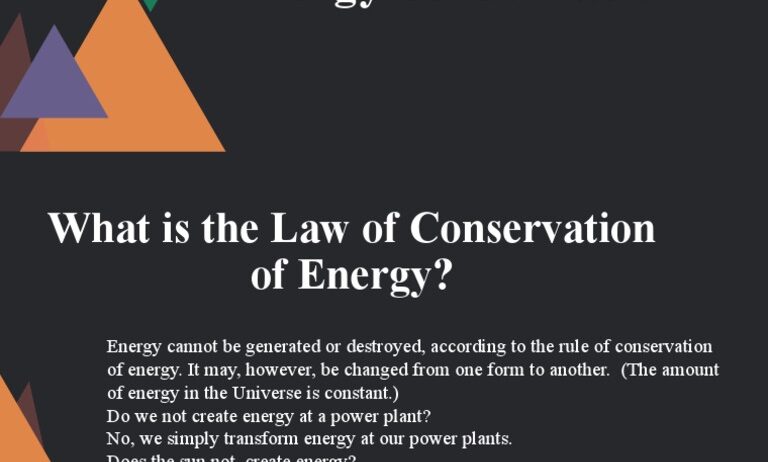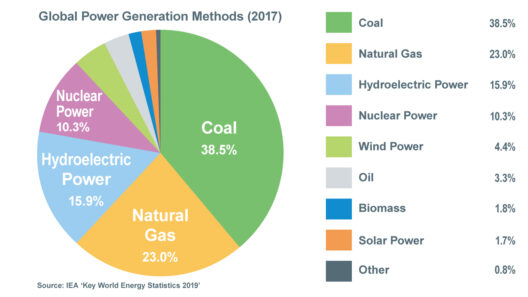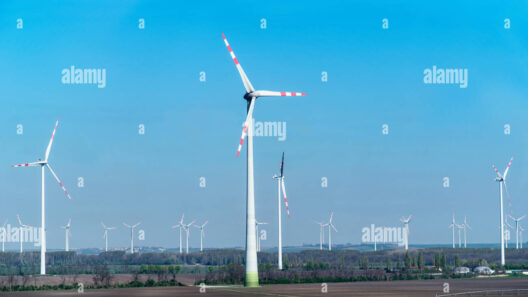The intricate relationship between legislative bodies and energy conservation is akin to a delicate dance, where every step contributes to the overall rhythm of sustainability. In the United States, Congress has played a pivotal role in orchestrating this dance through a variety of measures designed to promote energy efficiency and mitigate the detrimental effects of climate change. The evolution of these measures can be traced through key legislative acts, funding initiatives, and partnerships with various stakeholders, all of which have collectively fortified the nation’s commitment to conserving energy.
One of the earliest pivotal moments in the U.S. energy landscape came during the 1970s with the oil embargo, which illuminated the vulnerabilities of relying heavily on imported fossil fuels. The resulting energy crisis was a wake-up call, prompting Congress to craft comprehensive policies aimed at enhancing energy security. The Energy Policy and Conservation Act (EPCA) of 1975 stands as a monumental piece of legislation. It was designed not merely to address the immediate crisis but to lay the groundwork for a more resilient energy future. This act established fuel economy standards for automobiles, thereby incentivizing manufacturers to develop more efficient vehicles, which in turn reduced overall oil consumption. This not only slashed fuel costs for consumers but also diminished dependence on foreign oil—an outcome that served both economic and geopolitical interests.
Fast forward to the 2007 Energy Independence and Security Act, which marked a pivotal reiteration of Congress’s commitment to energy conservation. This legislation expanded the scope of fuel economy standards and established the foundation for renewable energy sources to take root. It incorporated ambitious goals for reducing greenhouse gas emissions and increasing the proportion of energy derived from renewable sources to 25 percent by 2025. However, the act didn’t solely focus on production; it also emphasized the importance of enhancing energy efficiency across various sectors, including transportation, buildings, and appliances. This multifaceted approach is reflective of an understanding that the challenge of climate change is not one-dimensional; it encompasses a spectrum of strategies requiring concerted effort from all sectors of society.
The evolution of tax incentives further illustrates Congress’s commitment to energy conservation. Initiatives such as the Energy Efficient Tax Incentives program have provided financial motivation for businesses and homeowners to adopt energy-efficient practices. This is akin to offering a key that unlocks the door to sustainability, allowing individuals to actively participate in reducing their carbon footprints. The 30% solar investment tax credit is a prime example of such an incentive, empowering consumers to invest in renewable technologies. By significantly reducing the upfront costs associated with solar installation, Congress has democratized access to renewable energy, creating a broader marketplace for clean energy technologies.
Moreover, funding programs established by Congress have driven substantial investments in research and development focused on energy conservation technologies. The Department of Energy’s (DOE) Office of Energy Efficiency and Renewable Energy (EERE) has been a crucial player in this arena. By allocating billions of dollars for research and innovation, Congress has fostered an environment where groundbreaking technologies can emerge. Technologies such as smart grid systems, enhanced battery storage, and energy-efficient building materials have arisen from this conducive atmosphere. Such advancements not only serve immediate energy conservation goals but also create economic opportunities, underscoring the symbiotic relationship between environmental stewardship and economic growth.
In an increasingly interconnected world, Congress has also recognized the vital role of international collaboration in combatting climate change. Various treaties and agreements, such as the Paris Agreement, have necessitated cross-border dialogues and commitments. Congress has ratified treaties that bind the U.S. to collective targets for reducing greenhouse gas emissions. This acknowledgment of shared responsibility serves as a potent reminder that energy conservation transcends national borders; it is a global imperative. The ability to forge alliances on issues related to climate change showcases Congress’s broader vision of a sustainable world, where collective action is paramount for the survival of our planet.
The unique appeal of Congress’s initiatives lies not just in legislation itself but in the narrative they build around sustainability. By framing the conversation around clean energy and conservation as a patriotic endeavor, Congress has galvanised public support. Campaigns that emphasize energy independence, job creation in renewable sectors, and the preservation of natural resources have resonated with constituents, fostering a culture of conservation and responsibility. This public engagement is essential in ensuring that energy conservation is not viewed as a burden, but rather as an opportunity for innovation and progress.
Yet, the proverbial road to effective energy conservation is fraught with challenges. The political landscape surrounding energy policies is often contentious, with vested interests often pushing back against progressive reforms. The discourse surrounding fossil fuels versus renewable energy commonly encapsulates these tensions. Despite occasional setbacks, the enduring commitment from Congress to promote energy conservation remains strong, looking beyond mere political cycles. The impact of climate change, coupled with an increasingly informed constituency, reinforces the necessity for durable and forward-thinking energy policies.
As Congress continues to navigate the complexities of energy conservation, it is imperative that a holistic approach remains at the forefront. Engaging citizens, businesses, and governments alike will be critical in harnessing the collective effort necessary to address climate change. The stakes could not be higher, as the metaphorical dance between Congress and energy conservation reveals the urgency of harmonizing legislative intentions with tangible actions. By incorporating innovative practices and prioritizing sustainable development, Congress can lead the way toward a resilient energy future, ensuring that the symphony of sustainability remains an enduring anthem for generations to come.






